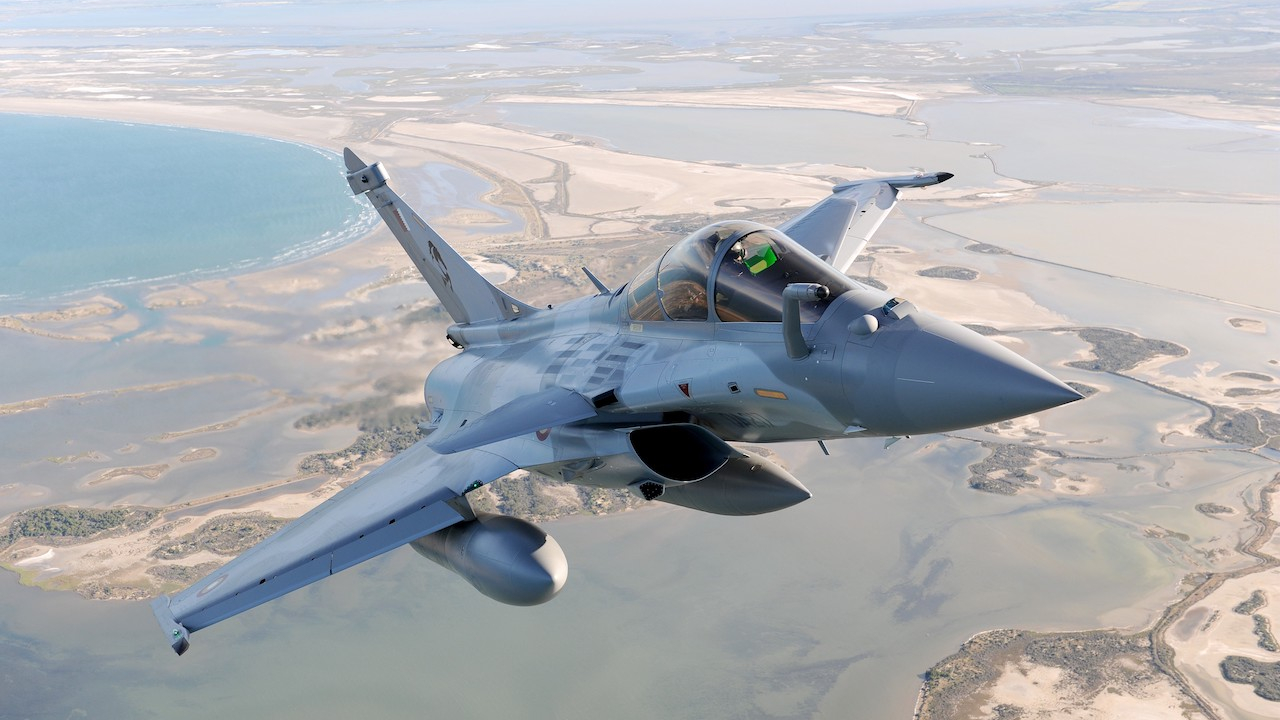Jordan looking at Honeywell MAV for law enforcement and defence

An earlier version of the T-Hawk MAV has been used in the Iraq conflice and according to Dan Fouts, business development manager for Honeywell Defence and Space speaking at this week's AUVSI conference in Washington DC, , there are currently more than 30 of the earlier generation DARPA T-Hawk MAVs still flying in Iraq by the Pennsylvania Army National Guard.
The Phoenix, Arizona company has now upgraded the T-Hawk, and following the sale of 90 to the US Navy, it is now offering the model to international customers with Jordan and the UK being among the first.
In addition to having an articulating camera, the new T-Hawks feature additional operating modes, including a “fly-at” mode which allows the operator to move the MAV closer to the target with a single command. Fouts explains that operators requested the mode to help in situations where the camera’s infrared image, in zoom mode, would pixelate. With the fly-at feature, the T-Hawk moves along a glideslope path toward the target.
Honeywell is also readying a new version of the T-Hawk with digital datalink radios for the US Army, the first models of which will be delivered in the first or second quarter of 2010.
Each T-Hawk is small enough to carry in a backpack and is equipped with video cameras that relay information back to foot soldiers or operators using a portable handheld terminal. The circular vehicle, weighing 17 pounds and 14 inches in diameter, can easily fly down to inspect hazardous areas for threats without exposing warfighters to enemy fire. Honeywell’s T-Hawk also has the ability to take off and land vertically from complex desert and urban terrains without using runways or helipads.
The T-Hawk delivers more than 40 minutes of flight endurance, more than 40 knots of airspeed and will operate to altitudes of more than 7,000 feet.
The system requires minimal operator training and includes two airborne vehicles and a portable ground station used to guide the aircraft and receive images from the cameras. The ground station can be used to programme a flight path for the T-Hawk or control it manually. The aircraft also can be optionally equipped with electro-optical cameras for daylight operations or infrared cameras for night missions.
Dan Fouts - Looking at international sales of the Honeywell MAV
Stay up to date
Subscribe to the free Times Aerospace newsletter and receive the latest content every week. We'll never share your email address.

